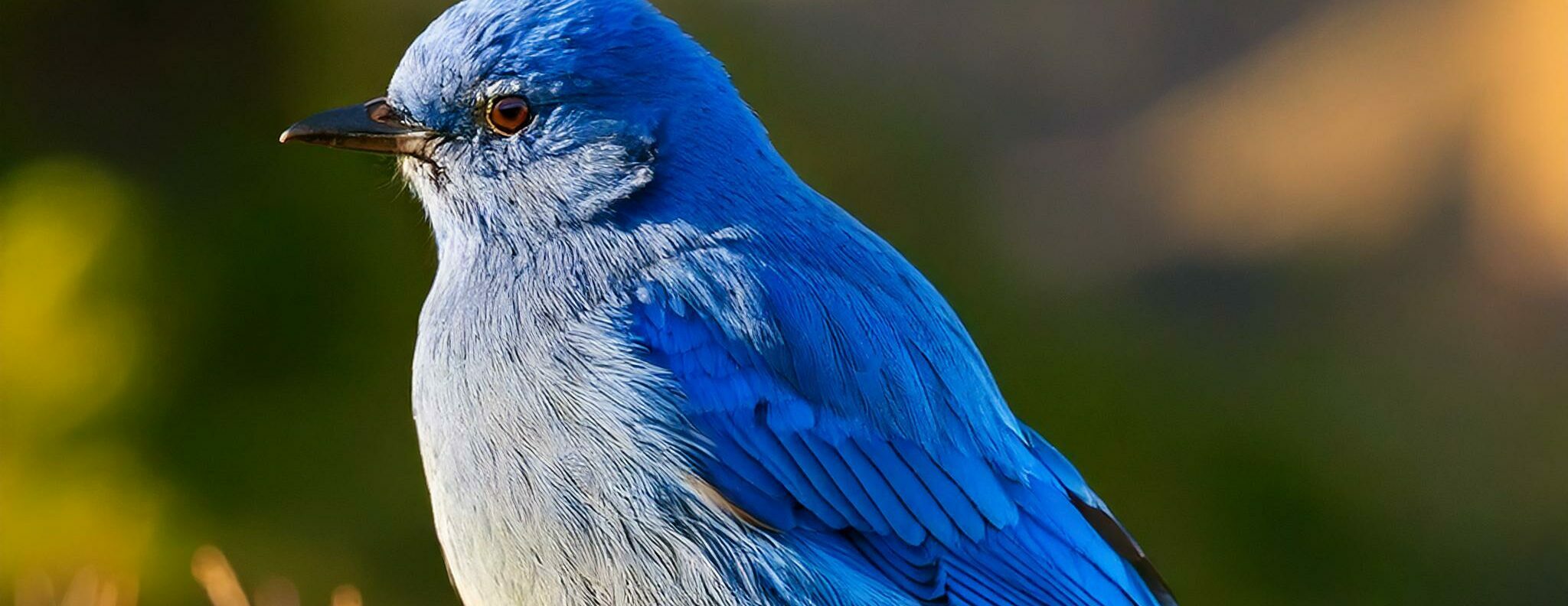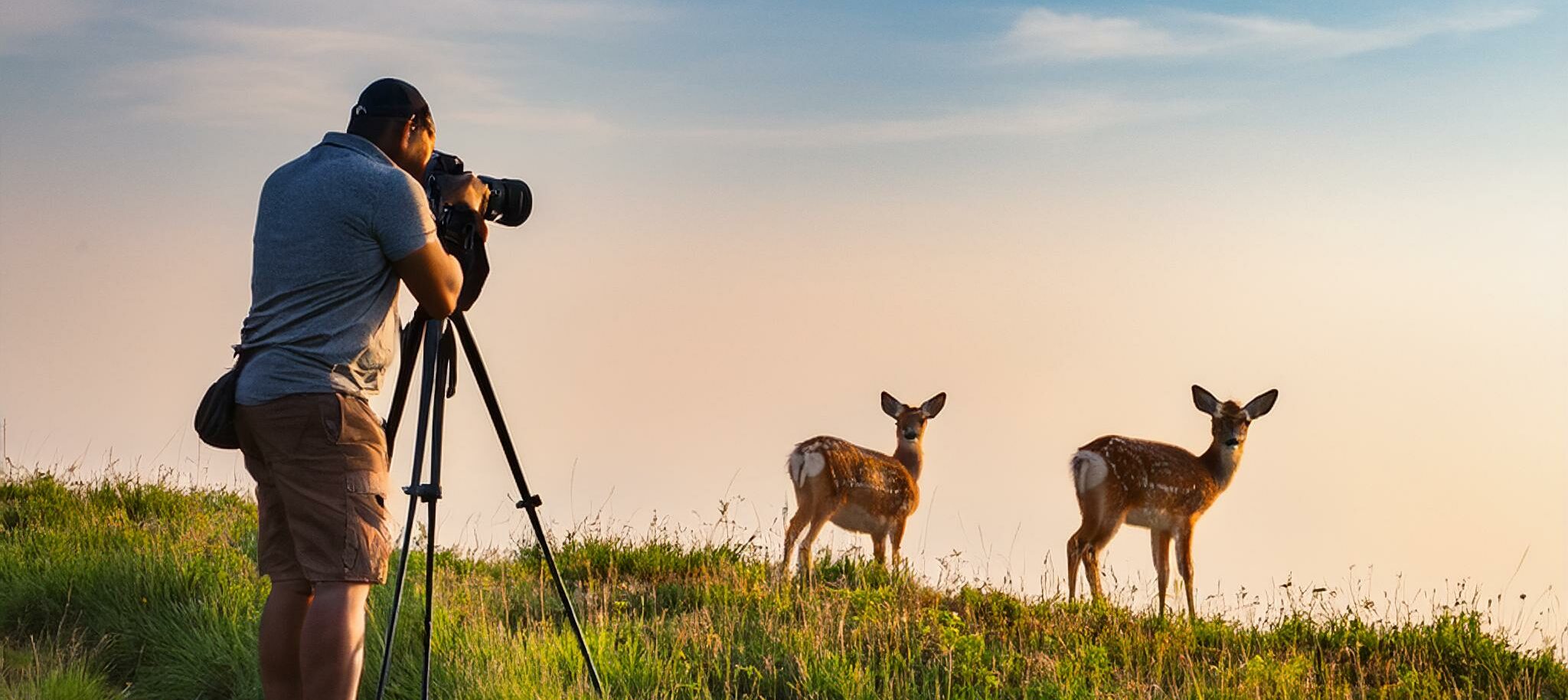Rocky Mountain Bluebirds are like little sky gems flitting about with an undeniable charm. These beauties belong to the thrush family alongside other familiar songbirds, and they’re a sight to behold with their striking blue wings and soft orange bellies.
Found mostly in the western parts of North America, these birds call the open woodlands, high mountain meadows, and grasslands their home. They’re usually hanging out in areas with sparse tree cover, making it easier for them to spot insects from a distance. Being adaptable, they adjust pretty well to various elevations, but you’ll find the largest number in the rocky terrains of their namesake mountains.
What makes these birds even cooler is their physical characteristics. Their vibrant blue color isn’t just for show. It serves to protect them by blending perfectly with the sky, making them less visible to predators. Plus, that dashing orange hue comes in handy during the breeding season when males flaunt their feathers to attract mates. Their slim bodies and long wings make for efficient flying, key for covering vast terrains in search of food and the perfect nesting spots.
Life Cycle & Behavior: Understanding Their Daily Lives
Rocky Mountain Bluebirds lead fascinating lives, full of unique behaviors that make them a treat to observe. Their breeding season kicks off in early spring, with males putting on quite the show to woo potential partners. Their courtship involves some impressive wing flapping and melodic songs meant to charm! Once paired, they choose tree cavities or artificial nest boxes, especially those with low competition for nesting real estate.
Their diet mainly consists of insects, which they hunt down from perches. When these aren’t available, they munch on small fruits and berries. It’s like having a balanced diet plan, transitioning from proteins during warmer months to fruits when it’s colder. This foraging strategy is key to their survival, especially during leaner times.
Migration is a big part of their lives, although not all of them migrate. Some populations choose to brave the winter, mainly in lower mountain slopes where food is still accessible. Those that do migrate typically head southward, searching for warmer spots to spend the cold season. Their migration patterns aren’t strictly defined, making them an interesting subject for those who track bird movements.
Conservation Challenges and Efforts
Keeping Rocky Mountain Bluebirds thriving isn’t without its challenges. Habitat loss remains a major threat, especially as land use changes due to development and agriculture. These transformations chip away at their natural habitats, forcing them to relocate or compete for limited nesting spaces.
Their preferred nests in tree cavities have become scarce due to deforestation and urban expansion. Invasive species, such as the European Starling, often outcompete them for these spaces, making conservation efforts even more essential.

Conservation initiatives have stepped up, focusing on providing artificial nest boxes to support these birds in their breeding endeavors. Organizations and bird enthusiasts have seen success by placing these boxes in suitable habitats, helping stabilize and even boost local populations.
There are some uplifting success stories, like community-driven projects that create bluebird trails, lined with personally-crafted nesting boxes that make the perfect homes. These efforts highlight the impact of a collective push for wildlife conservation, showing that with the right initiatives, we can reverse negative trends and secure a future for these dazzling birds.
How You Can Help: Engaging with Conservation Initiatives
Getting involved with conservation efforts for Rocky Mountain Bluebirds is easier than you might think, and every small action has the potential to make a difference. One straightforward way to help is by installing a bluebird nesting box if you live in or near their natural range. It’s a simple yet effective move to provide safe, accessible housing for these birds.
Consider joining or supporting local conservation groups that focus on protecting bluebird habitats and advocate for sustainable land-use practices. Many of these groups welcome volunteers and offer educational events about bird conservation, making it a great way to learn more and meet others who share your interests.
If crafting isn’t your thing, you can still contribute by participating in citizen science projects. These projects often involve counting and reporting bluebird sightings to help track population health and migration patterns. Your observations are valuable for ongoing research efforts.
Spreading the word is another powerful tool. Educate those around you about the importance of conserving bluebirds and their habitats. Sharing articles, hosting a community talk, or simply posting on social media can raise awareness and encourage others to get involved.
Whether you’re installing nest boxes, volunteering, or simply being an advocate, every action counts towards making the Rockies a permanent home for these stunning birds.





